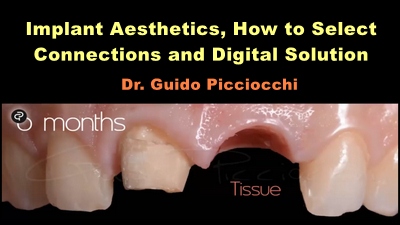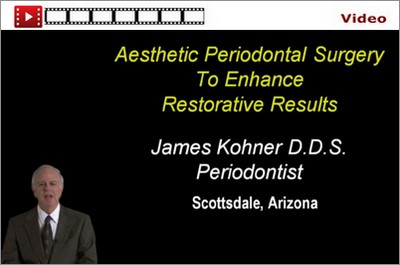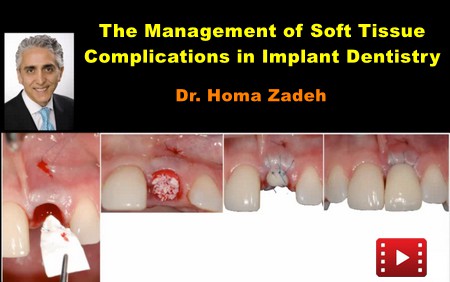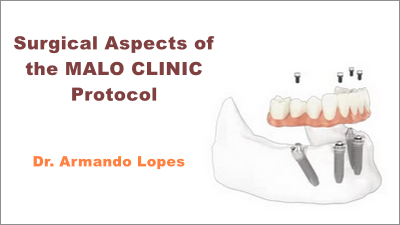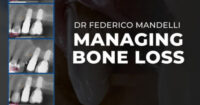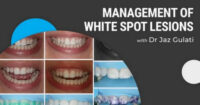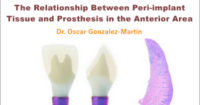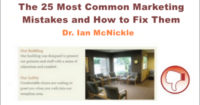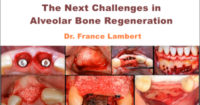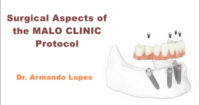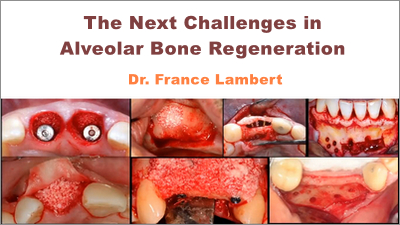
What you should consider when choosing xenogeneic materials for bone regeneration; defect assessment for your clinical strategy; and new research developments in this field. After providing a brief overview of the principles of guided bone regeneration, Dr. Lambert considers what makes a xenogeneic material ideal for the treatment of bone defects. She demonstrates that a material should be: 1) biocompatible to avoid foreign body reactions; 2) able to maintain volume over time; 3) osteoconductive for high bone-to-material contact and integration with new bone; and 4) able to enhance bone regeneration to speed up the healing process.
Moving on to defect assessment and clinical strategy, Dr. Lambert explains how different indications can have different osteogenic potential. This presents various levels of complexity for the treatment and the possibility to successfully complete implant placement. Dr. Lambert shows that the osteogenic potential can be related to the number of intact bone walls available at the defect site. Favorable defects, such as an extraction socket with five intact bone walls, have very good osteogenic potential, while vertical bone defects can have very poor osteogenic potential – and are therefore very challenging from the treatment perspective.
Finally, Dr. Lambert showcases interim preclinical results of a new biomaterial, currently in the experimental phase, that meets the criteria mentioned above, including the possibility to encourage faster bone regeneration compared to a material currently considered a ‘gold standard’.
Learning objectives
- Understand the basic principles of guided bone regeneration.
- Understand what makes a xenogeneic material ideal for the treatment of bone defects.
- Learn how the osteogenic potential of a defect influences treatment planning and success.
Presented By:
- Dr. France Lambert
Duration: 16 min
